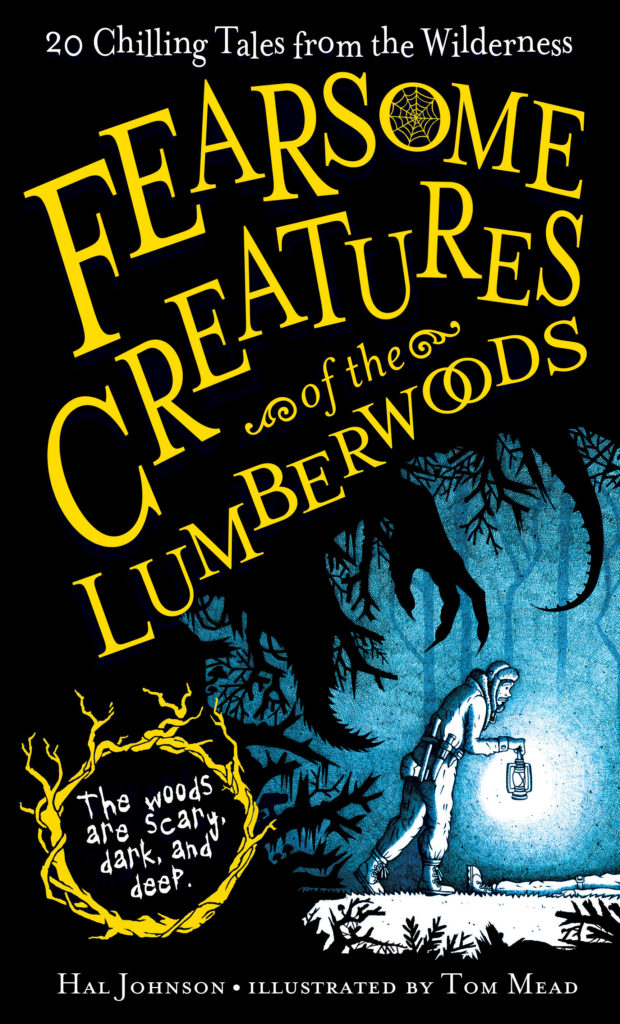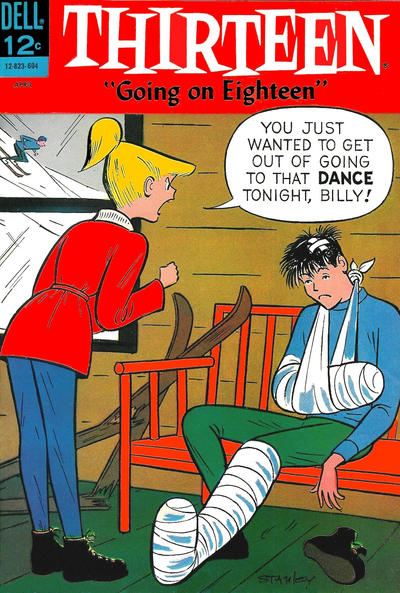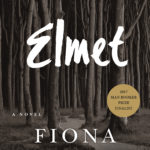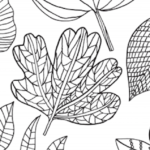Halloween is a big holiday at Workman HQ, and we knew we just had to get in touch with Hal Johnson, author of last fall’s Fearsome Creatures of the Lumberwoods: 20 Chilling Tales from the Wilderness. A retelling of the 1910 book, Hal shares fantastical beasts in American folklore with young readers, AND there are illustrations from Tom Mead that glow in the dark. Today, we’re discussing all things comics (including some major recommendations), memorable moments during his time working at Midtown Comics, and his favorite Halloween recommendations.
Happy reading!

Q: Hal, super great to talk to you today! We’re celebrating a year since your spooktacular Fearsome Creatures of the Lumberwoods hit bookshelves, and I was wondering what you enjoyed the most about writing it.
Hal Johnson: I like writing, but I like reading much more than writing; I like reading much more than I like anything else, actually. So the most fun part of writing this book was reading all about monsters and folktales and ghost stories and tall tales for research.
Q: You’ve been a part of the family at Midtown Comics for such a long time, and I’d love to hear if you have a particular favorite memory from working there.
HJ: I met my wife at Midtown Comics, so I should probably say that meeting h–
Oh heck, I ONCE HELD A COPY OF THE FIRST APPEARANCE OF SPIDER-MAN IN MY HANDS AND MY BRAIN MELTED!

Q: What’s the easiest way to explain the difference between comic books, manga, and graphic novels to those not entirely familiar with them?
HJ: Comic books come out in a floppy format, like a little magazine. This has been the format for comics since the 1930s (although back then, comic books were a little bit larger and twice as thick.)
Graphic novels have the same panels and word balloons as comic books, but they have a thick spine, like a book. Often a graphic novel was serialized first, month by month, as comic books, the same way old novels by Charles Dickens used to be serialized, chapter by chapter, in magazines.
Manga is just a word to designate Japanese comics. Sometimes American comics that have been inspired by Japanese comics get called manga, too. In America, manga is usually released in the graphic novel format, but this was not always the case. Twenty years ago, manga in America came out in floppy issues, the comic book format.
Comic books, graphic novels, manga—they’re all comics!
Q: There have been a ton of conversations lately about how comics are the gateway to reading for those kids not super inclined to pick up a book for fun. What kind of reader were you as a kid? Is there a particular comic (or two) you’d suggest to parents struggling with getting their kids into reading?
HJ: When I was a kid I read anything I could get my hands on. I read books and I read comics and I read my parents’ books about parenting, which made me paranoid, and then I read my parents’ books about other things, and when there was nothing else around I read the back of the cereal box. It’s kind of like a disease.
If you don’t have that disease, though, you can still read lots of great comics. Comics read faster than prose books, so even if you are a slow reader you can get through a lot of pages. There are so many great comics for kids, but two that everyone seems to like are the Carl Barks Library from Fantagraphics Books, which reprints old Donald Duck and Uncle Scrooge comics in beautiful hardcover editions, and the various graphic novels by Raina Telgemeier: Smile, Sisters, Ghosts, the lot of them. I don’t think there’s any human who wouldn’t like one or the other, Barks or Telgemeier. And the art on both is phenomenal!
Q: What are some underrated comics/graphic novels/manga for young readers you would like to see get some more love?
HJ: I am always singing the praises of Teen Boat by Dave Roman and John Green, a ridiculous and funny high school drama about a teenager who can turn into a boat. It reads like an Archie comic, and you hardly notice that anything’s amiss, and then the main character is a boat all of a sudden. It’s simultaneously the most absurd and the most straight-faced humor of any comic, and that’s what makes it so funny.
Another real favorite of mine is the Thirteen Going on Eighteen by John Stanley. Stanley was a great cartoonist whose career spanned the 1930s through the 1970s, and he may be best known for his Little Lulu stories, but in the 1960s he did a bunch of original characters for Dell Comics, including this teen humor book, starring best pals Val and Judy. It is simultaneously the smartest and the funniest teen book of an era that was packed with teen humor books, and a big chunk of the series has been collected in a hardcover from Drawn and Quarterly, designed and edited by master cartoonist Seth and still in print.
Val’s idiom is similar to that of of Archie and his pals, but her angst is much more plausible, and recognizable, than their sitcom antics. If Teen Boat is Archie in a surreal world of wereboats, Thirteen is Archie in a realistic teenage world, maybe a little sweeter and a little funnier than thirteen ever really has been, but still the closest approximation to reality that teen comics have ever managed.
Q: What’s your favorite Halloween tradition?
HJ: Any tradition where no one chucks eggs at me is a great tradition. So most of Halloween is great. But the best part of Halloween is the candy corn. Every year I look forward to the annual candy corn harvest, or whatever it is that happens that brings candy corn back to the stores.






1 Comment
A More Compelling Title Than “Self-Promotion” | Refutation & Overthrow...
October 28, 2016 at 3:38 pm[…] also has a quick interview with me here. The words signaling and demographic do not appear. Also, […]